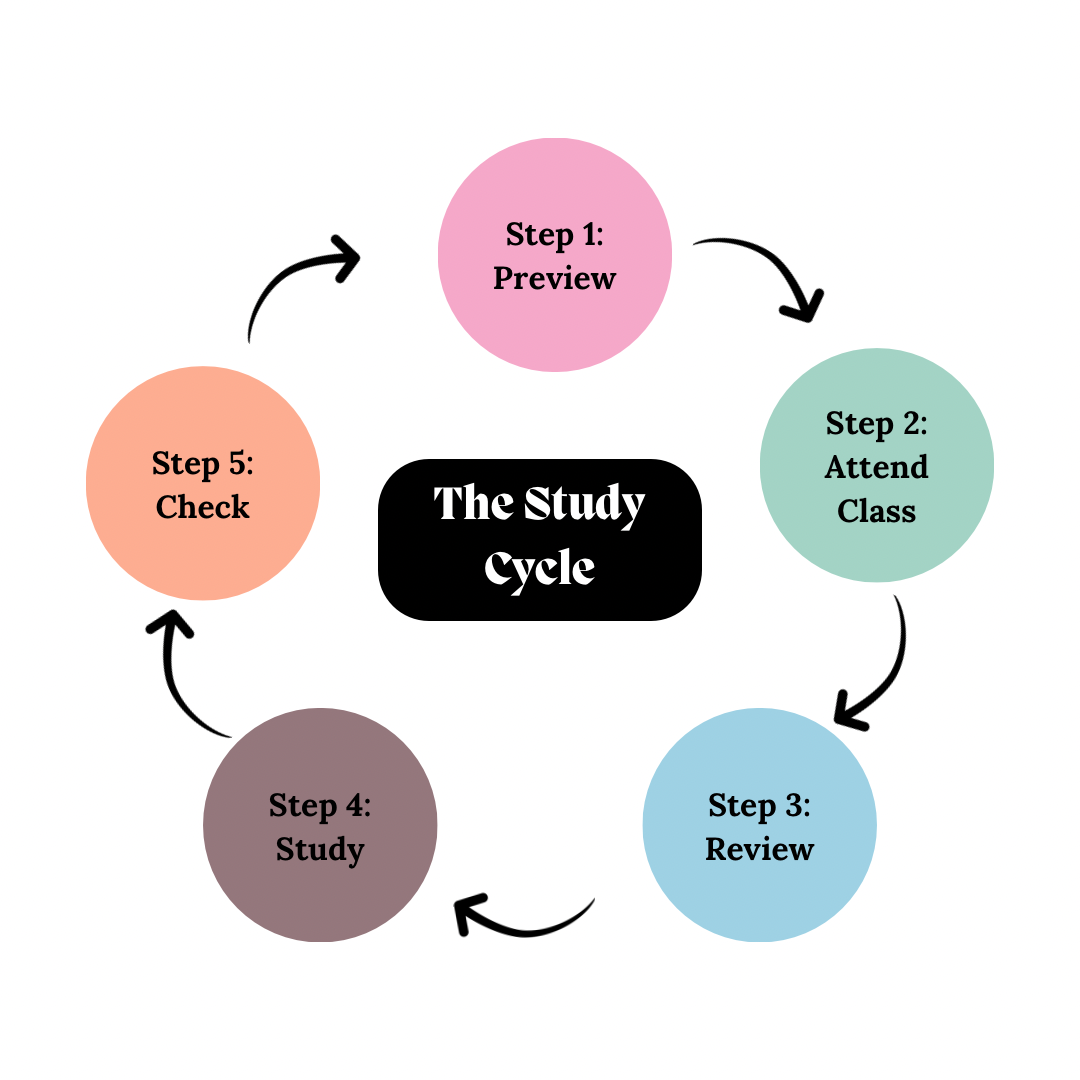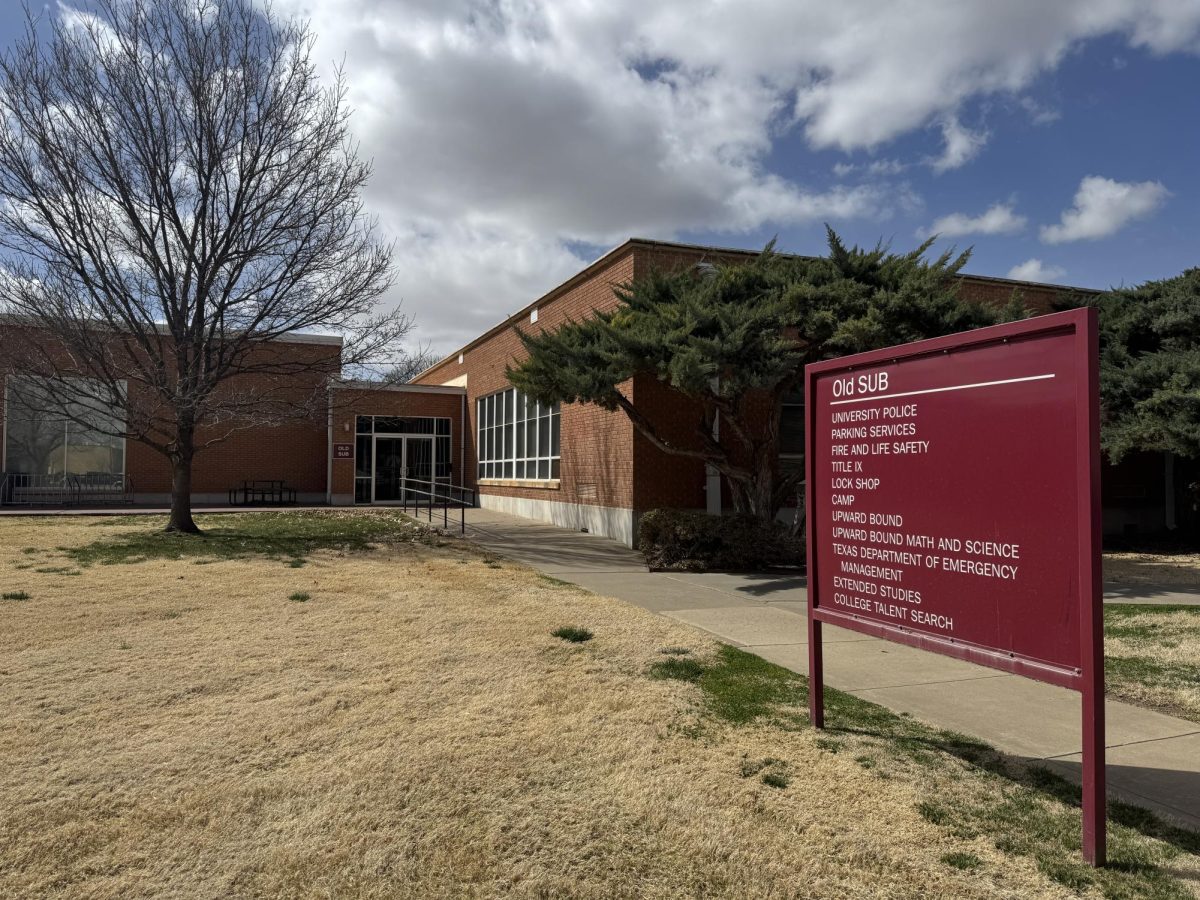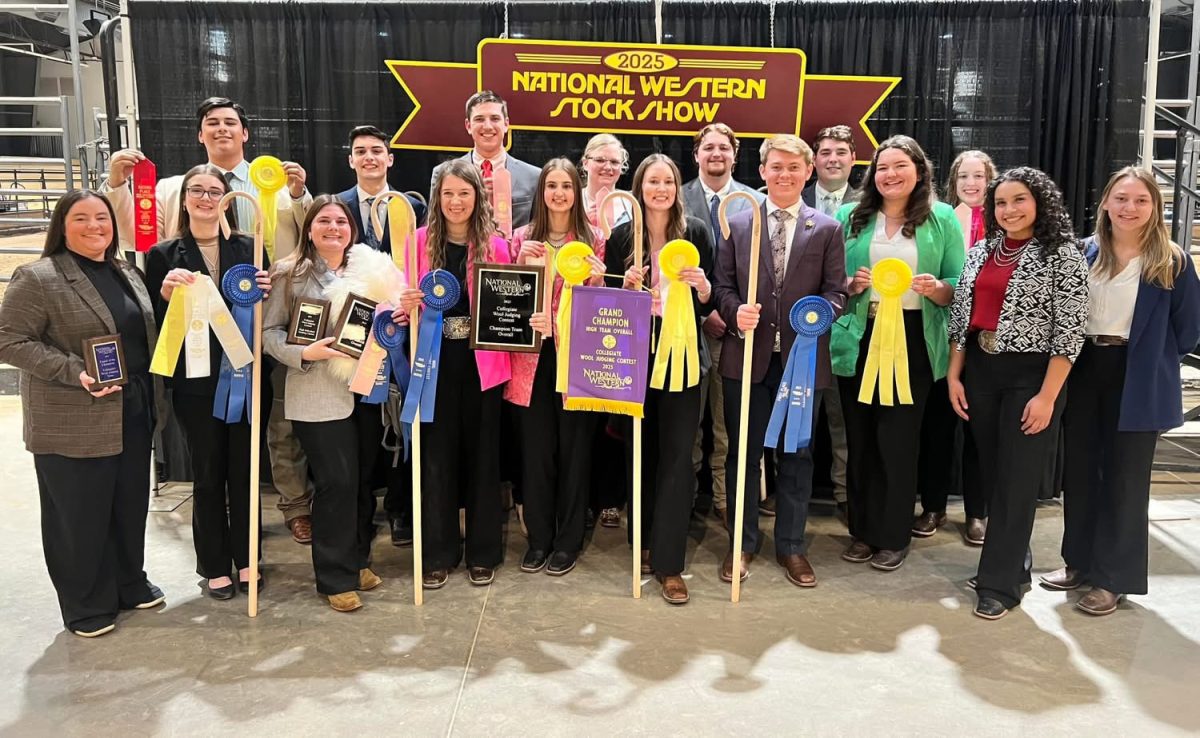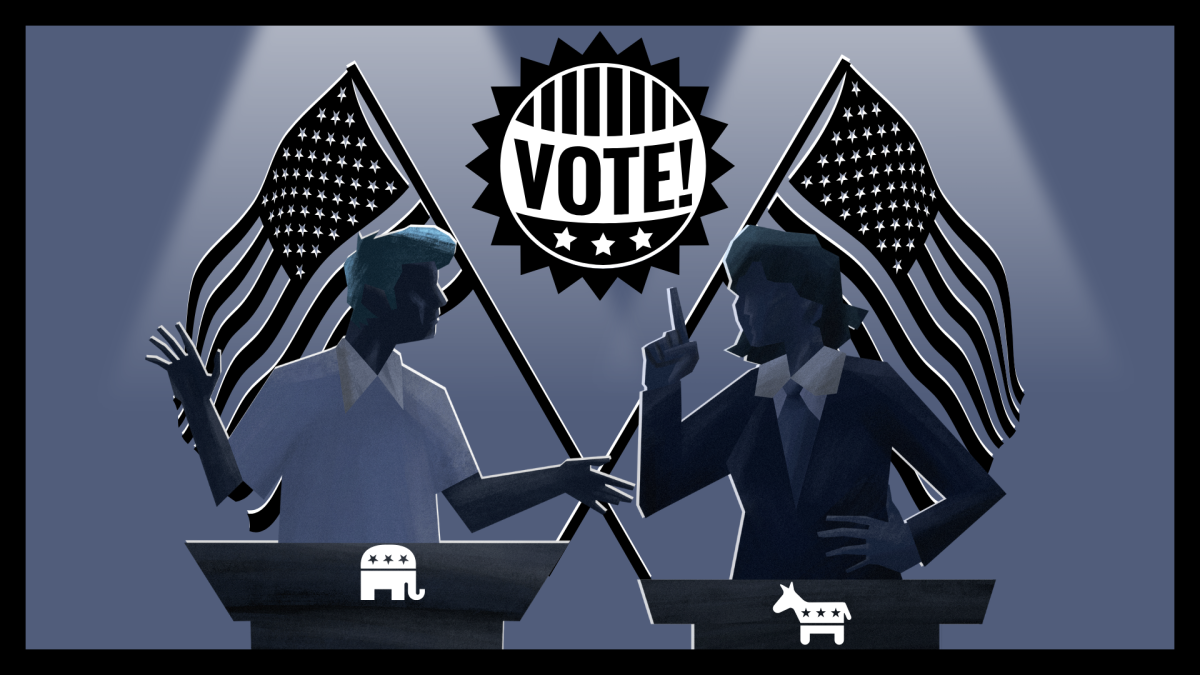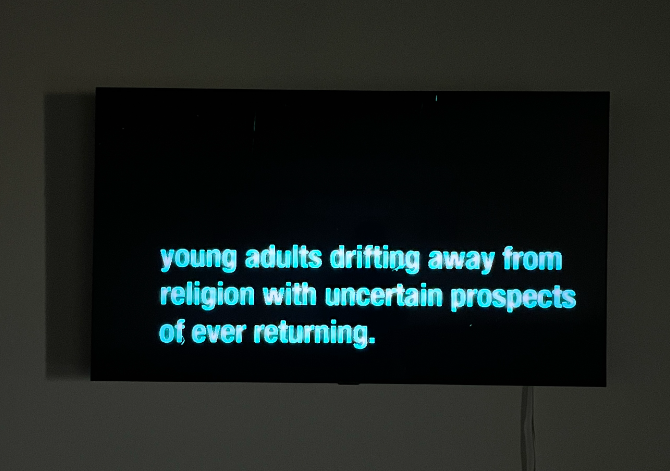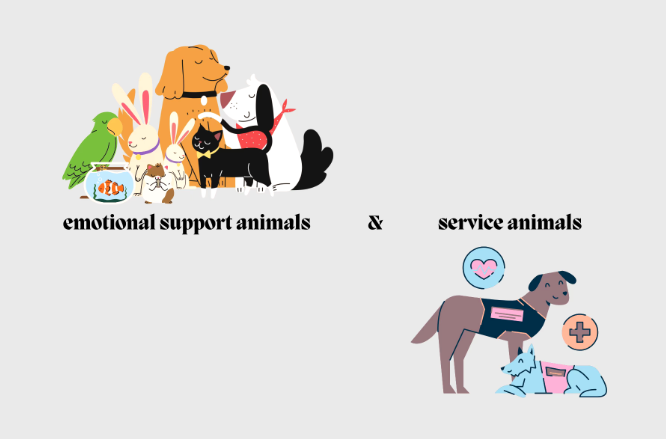As of Dec. 31, 2011, the ethanol subsidy has thinned out, according to the Milk Producers Council. Two of the three federally supported programs that produce corn-based ethanol have been eliminated.
“By ending the ethanol subsidies, the beef industry is back into a market-type situation,” WTAMU Assistant Professor of Environmental Science Marty Rhoads said. “At the end of the day, the ethanol industry is going to be an industry as long as they are making money. Without the subsidies, we will probably see the industry start to dwindle.”
The two programs that have been eliminated are the Ethanol Blenders Tax Credit, which is a tax credit worth $.45 per gallon and is given to gas companies that blend ethanol with their fuels. The second is the Ethanol Tariff, which is a tariff of $.54 per gallon applied to ethanol products that are imported into the U.S.“For the beef industry, this will make less distillers grain to feed to cattle however we will have more corn to feed for the cattle’s diets,” Rhoads said. “Whatever happens, I think it offers some opportunities and create competition.”
The third program that still remains is the Renewable Fuel Standard (RFS). It is an “ethanol mandate” that is required to be blended with fuel. By 2012, the total mandate will be 15.2 billion gallons of renewable fuels, of which 13.2 billion gallons comes from corn-based ethanol. For this, 40 percent of the corn produced in the U.S. goes to making ethanol.
“It could have an impact on beef and corn production,” said J.D. Ragland, a Texas AgriLife extension agent of Randall County. “This depends on the population and consumption of ethanol to determine an increase for beef and corn.”
The International Dairy Foods Association (IDFA) has teamed up with Republican Bob Goodlatte of Virginia to introduce a bill called H.R. 3097. This bill, if approved by Congress, will require the Federal Government to reduce the mandate of ethanol when corn supplies are low. The bill has 30 co-sponsors.
“The subsidies that have been cut are going to help the dairy industry,” said Chad Tillman, a dairy farmer in Portales, N.M. “We have to pay top dollar for corn to make [milk] products that people need and the subsidy makes this harder for us.”




